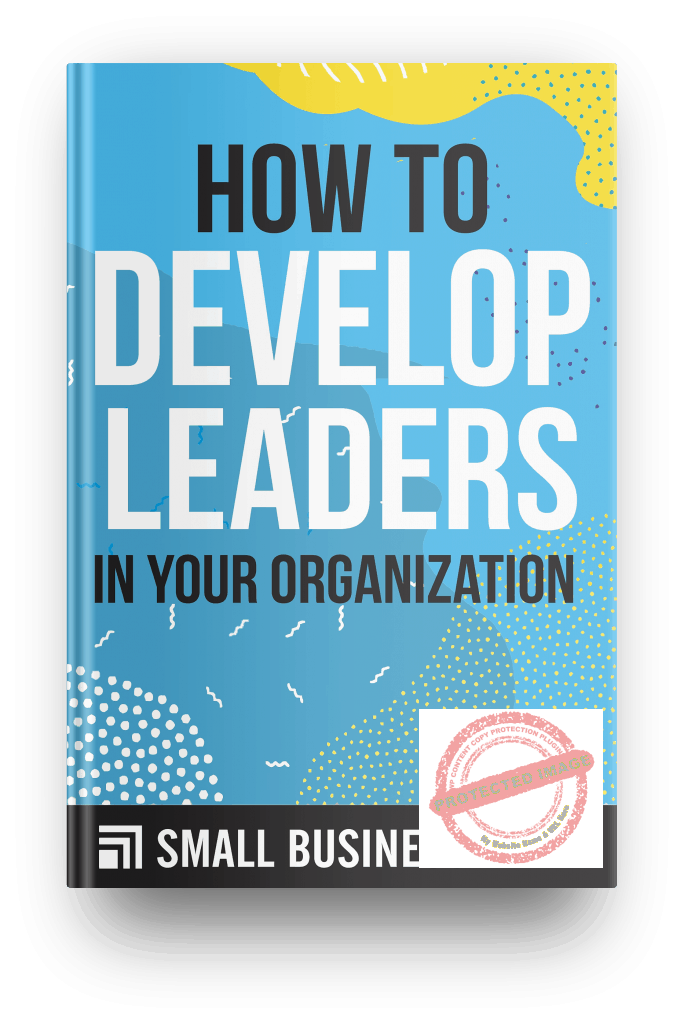As a business owner, have you ever considered developing subordinates as leaders in your organization? You probably essentially call all the shots as far as your company’s strategic direction is concerned. However, it’s also very important for you to know how to develop leaders in your organization.
Having leaders in your business increases your capacity to scale up and run a successful business.
You can delegate tasks and therefore achieve more.
Nowadays, leadership implies more than just a job title.
Leadership attributes or characteristics are no longer a privilege exclusive only to those who are officially in charge of lower-ranking employees.
There is a growing trend of existing leaders developing new ones in an organization besides the typical managerial roles.
Some traditional business setups have been described as ‘siloed’ or rank-based.
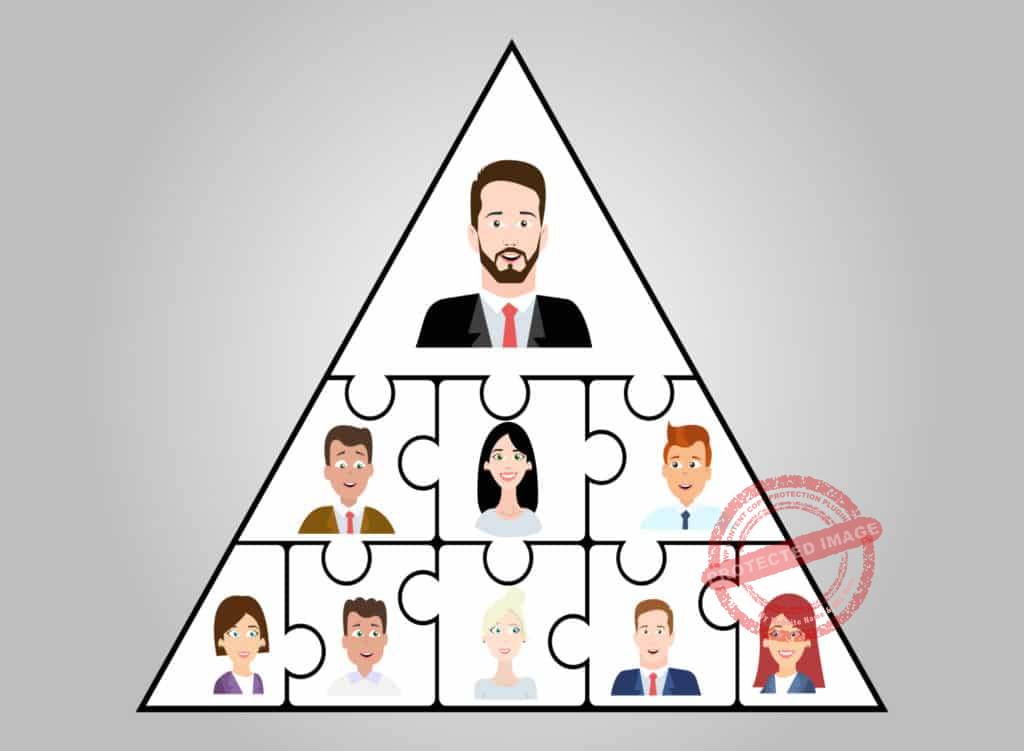
These organizations are likely to find themselves eating the competition’s dust in the race for greater market share.
Organizations that fail to tap into the collective leadership potential of their employees are sorely lacking in innovation.
This, however, should be done regardless of their employees’ official job titles.
It might seem safe using the old-fashioned way of letting no one except the boss take charge all the time.
However, an organization could experience great difficulty if it continually refuses its employees freedom of movement and added responsibility.
Such an organization tends to run into trouble because they fail to develop their potential leaders.
This can also inhibit their efforts toward meeting the needs of the ever-evolving market.
It, therefore, becomes important for business owners to know how to develop leaders among their respective existing employees in their various organizations.
How To Develop Leadership Skills In Employees
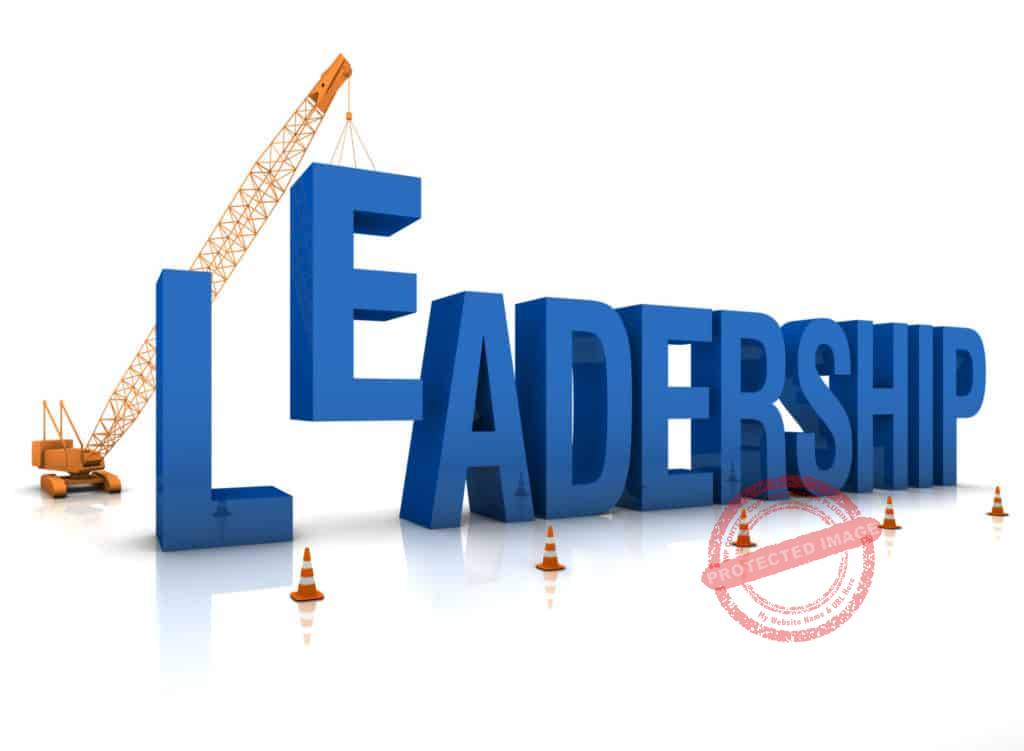
To know more about how to develop leadership skills in employees, the following tips will be of help to you.
Here are four strategies to develop leadership skills in employees.
Identify Those Employees Who Have The Potential To Become Leaders

The first step is to identify who among your employees possesses what you feel are traits of a good leader.
Study their backgrounds, interests, and willingness to learning things helpful to them.
Bear in mind that some employees whom you initially thought had the right stuff to be developed into leaders in your organization may fall short of your expectations.
That’s okay since you can’t expect everyone in your organization to be able to step up to the plate when the time comes no matter how much effort you devoted to training them.
After you have identified those employees with trainable traits, provide them with leadership opportunities.
This will help increase their knowledge and skill set rapidly.
You can closely mentor them, but not to teach them to do things your way.
Always inspire them to apply their own creativity in how they approach and resolve all issues.
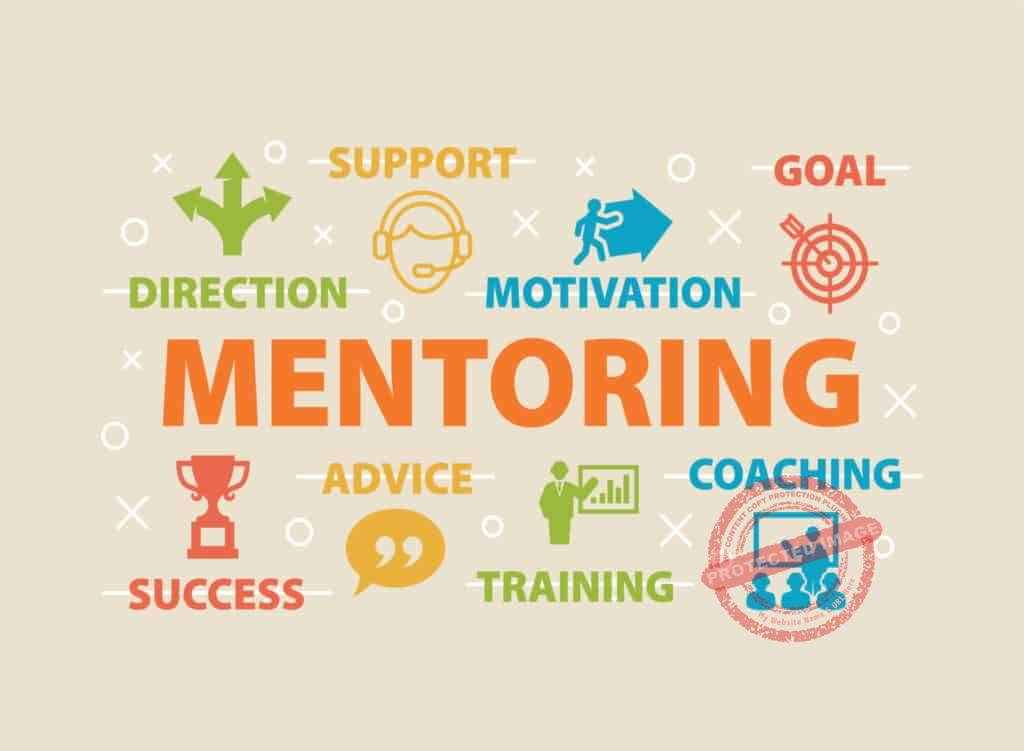
Let them know things they’ll likely face in the fulfillment of both their present and future responsibilities within the company.
However, you mustn’t neglect your other responsibilities as the business owner when mentoring your employees.
Also, they’ll only learn little by relying on just you and what’s available within the four walls of your office.
So, you should encourage them to attend leadership and employee empowerment conferences outside the organization to help them develop as leaders.
Doing this will help them to increase their familiarity with more leadership training ideas.
Additionally, they will adopt new perspectives on the situations that they regularly face in the performance of their duties.
Among other things, they are likely to learn new ways to solve problems much faster.
This will help make operations within your company more efficient over time.
Promote A Shared Consciousness Within The Company

One key aspect of leadership is the ability to see the so-called ‘bigger picture’.
But as you may have realized by now, this shouldn’t be exclusive to only individuals responsible for steering the organization.
Most leaders developing new leaders often use shared consciousness as a technique to have employees dance to their tune in the organization.
But note that, your employees may have different areas of concentration as dictated by their respective job descriptions.
However, it’s still important for every single one of them to know where the company presently stands.
They should be aware of what’s on the minds of those in the top management including you.
They should also know how to make sure the organization continues to serve customers in the years to come.
Fortunately, there is more than one way to achieve this consciousness.
You can conduct regular meetings with employees at all levels evaluate and communicate whether or not you’re achieving your goals.

This instills in them a great awareness of the actual situation and with time they’ll need no reminders of it.
You should also encourage inter-department and inter-level communications.
Doing this will make it easy for employees to talk directly to anyone in the company, including top management.
Also, this will help reduce the unnecessary delay of passing messages via bureaucratic channels, which could be frustratingly time-consuming.
Thus, when the right information passes freely throughout the organization, everyone becomes aware of the bigger picture in no time.
Make Decentralized Decision-making A Part Of Your SOP
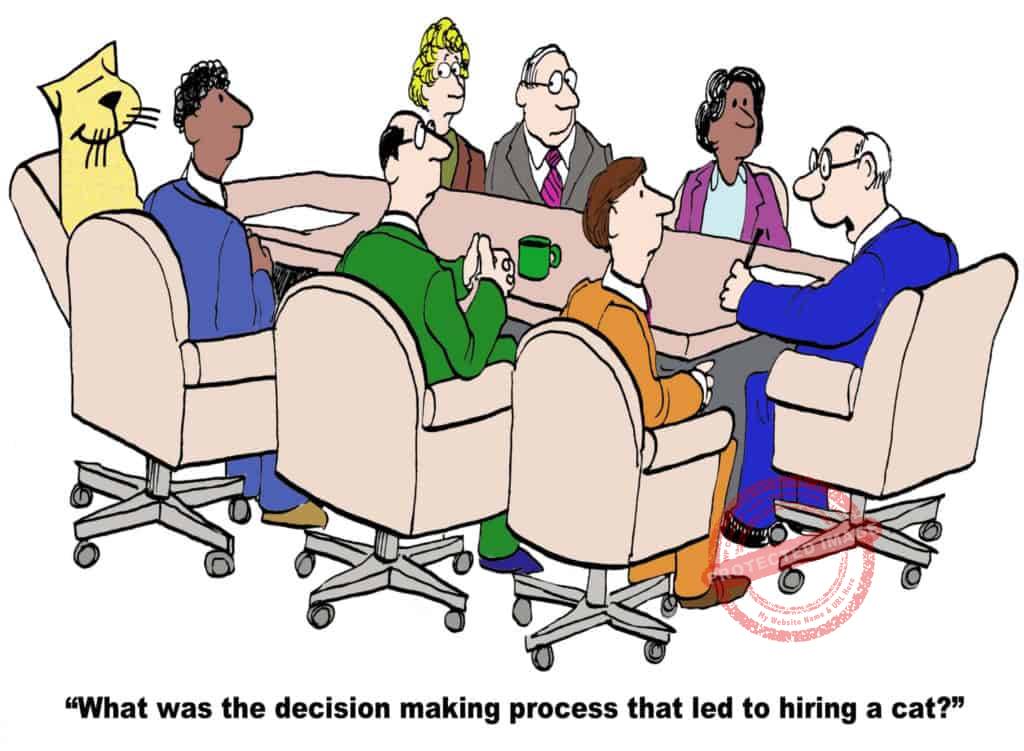
Some believe that leadership in a broad sense can only be practiced by a few deserving individuals.
This, however, is a rather dangerous mindset to have.
Know that everyone deserves a shot at proving their own value to the organization via some level of job control.
Some employees do have something valuable to contribute to the company but are reluctant to let themselves be heard.
Therefore, in your attempt to identify and develop leaders, be careful not to overlook these kinds of employees in your organization.
Developing leaders also depend on how well the organization encourages the members to apply decentralized decision-making when necessary.
Decentralized decision-making is a system wherein top management delegates the responsibility of making important decisions to middle and lower-level managers as well as ordinary rank-and-file employees.

In simple terms, your employees should be able to make critical judgment calls in the absence of guidance from above.
This easily inspires leadership even among those employees whose job description does not have any traditional leadership roles.
The act of distributing autonomy throughout the organization can easily help build leaders in your organization.
Imagine making even the most junior employees fully aware that their actions can directly influence the company’s direction.
These employees tend to quickly bring original ideas and inputs because of their inclusion in the decision-making process.
Draw from their experiences and insights, and implement solutions as long as it doesn’t violate existing company policy.
This in effect will give them a feeling of greater responsibility. To continually be worthy of that responsibility, they’ll always use their knowledge and skills.

When you give enough strategic leadership training to your employees, they put the good of your company above theirs.
They now see the company’s very existence as a collective effort.
Of course, you can’t simply empower your employees to make decisions with significant impact on how your business runs without adequate training.
Every employee needs to know the factors that could influence their decisions as well as the possible consequences.
Hence, when you decide to develop or train leaders from among your lower-ranking employees, always give reminders on prevailing conditions in the organization.
Next, you should present your employees with challenges every now and then.

Giving them unfamiliar tasks at seemingly random times will help you gauge how quickly and how well they will react to unexpected scenarios requiring decisions to be made right then and there.
When you make this a regular practice in your organization, it will gradually instill confidence in your employees.
They get to take on whatever comes their way even without having their superiors readily available to provide direction.
To help make understanding this approach easier for you and better enable you to know how to develop leaders out of your employees, you can think of running your organization as being similar in some respects to coaching a well-trained soccer team.
In a soccer team, each member has their own role to play.

Each member has to be aware of
- The overall situation of the playing field; including but not limited to the present state of their teammates as well as what their teammates are likely to do next at any given time whether or not they are in control of the ball.
- The proper way of reacting to situations on the field even without the coach telling them what they should do.
Good players regardless of their position know what they need to do to help their team achieve its goals.
Soccer and other examples of team sports have shown us time and again, points are scored and games are won not by just one person who gives orders, but by different people who know how to take the initiative.
Watch From The Sidelines From Time To Time

Gardening is another activity from which you can draw inspiration as you strive to learn how to develop leadership skills in employees.
Anyone with a rudimentary knowledge of gardening understands that plants cannot be forced to grow in a specific manner.
Instead, the best that can be done is to make sure that the environment in which the plants exist has just the right amounts of sunlight, water, soil, and all the other things that they will need in order to grow into mature healthy specimens.
From the example of gardening, you will learn that the best way of knowing whether you were successful in developing a leader out of any employee is to let them put into practice what they have learned in the organization while you watch them from a distance.
You can’t truly witness their full leadership potential when constantly present.
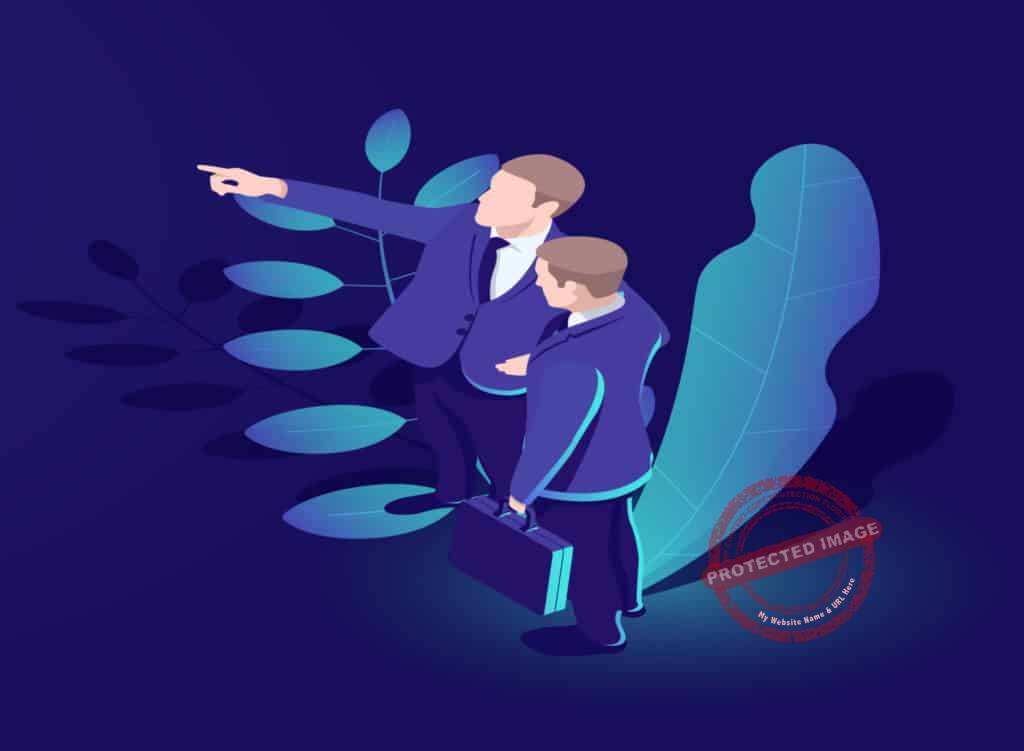
Also, the possibility that you could intervene at any time and either help or reprimand them is another factor.
Rather, they should feel that they have been entrusted with the freedom to act as they deem fit without having to worry about whether or not you will think their actions are okay.
Business owners appreciate when employees seek their advice concerning difficult decisions.
Unfortunately, if this kind of arrangement continues to be the norm in your company, your employees could spend more time going through unnecessary channels and less time actually resolving any pressing issues with resources that are readily available to them.
This will also be of little value during periods you’re not reachable.

For instance, in cases of last-minute out-of-office commitments, they simply won’t ignore or delegate to someone else.
If you’re a business owner, would you prefer to be constantly updated on what your people are doing even if it is trivial just to make you feel good from knowing you have actually contributed something?
Or would you rather trust that they will take the initiative and rely on their own skills and creativity to solve problems without waiting for you to give them the green light?
Employees who pursue the latter will always make mistakes.
This also includes consequences arising from such mistakes, especially when still familiarizing themselves with such a setup.

However, as time passes, they will become more confident with the autonomy you have given them.
They can easily succeed when faced with leadership abilities test situations. Let’s go back to the soccer team example.
In a soccer match, for as long as the ball is in play, the coach no longer has any control whatsoever on how the team conducts itself.
He can keep on barking out orders as often as he likes, but ultimately, the decision on what to do while the game is in progress rests entirely with the players.
Because the players are the ones who are closest to the action, they are the ones who can make a big impact in any situation. They’re the ones who can turn it in their team’s favor while they are still in a position to do something about it.

Besides, a team that relies purely on instructions from their coach regardless of the actual conditions within the playing field will look rather silly.
They’d rather digest the instruction and put it to action.
More so, they should keep exploiting the few precious seconds wherein they could make a difference and hopefully enable the team to win.
General George S. Patton, the brash yet brilliant military commander, and war hero could not have explained it any better: “Don’t tell people how to do things; tell them what to do and let them surprise you with their results.”
Hence, as you go on to develop leaders out of every single one of your employees, you should explain what the organization’s goals are while reiterating that the manner in which those goals are to be achieved will be their call to make and not yours.
Some Parting Advice

Now that you are aware of what your organization stands to gain from delegating responsibility to more and more people.
Training employees to become leaders should be high on your list of priorities.
However, other proven leadership training ideas exist apart from these.
So, it makes perfect sense for you and your employees to open yourselves up to additional valuable knowledge by learning from those who had already gone through what you are experiencing right now.
Good luck!
What has your experience been so far in your move to develop leaders for your organization?
Share your thoughts with us!
Click on Buy Now For a PDF Version of This Blog Post
 |
